Photo
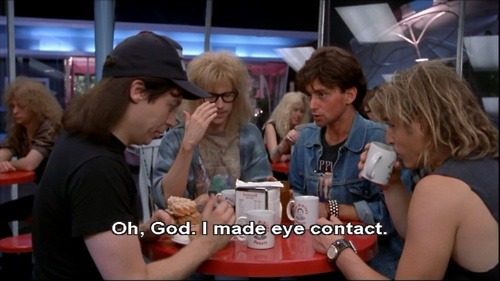
Photo

platonicsoul: OH WOW 😍










OH WOW 😍
Photo
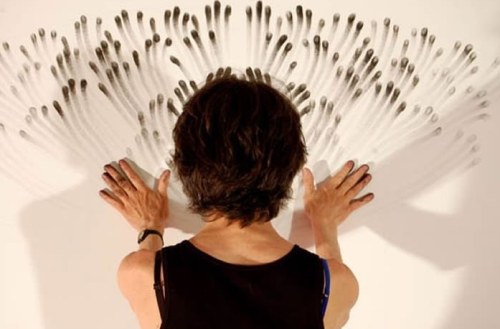

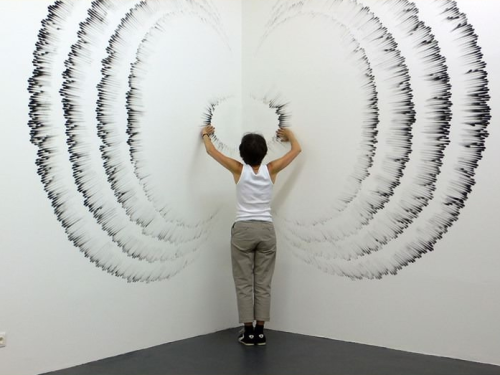
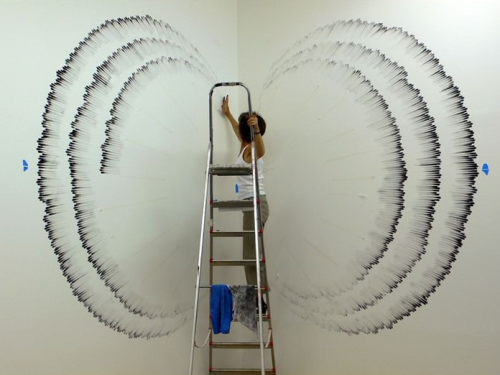
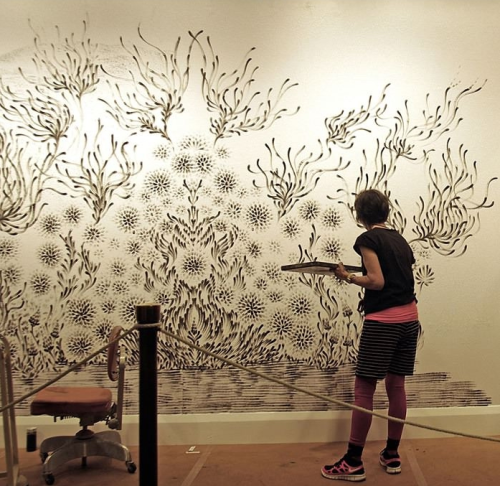
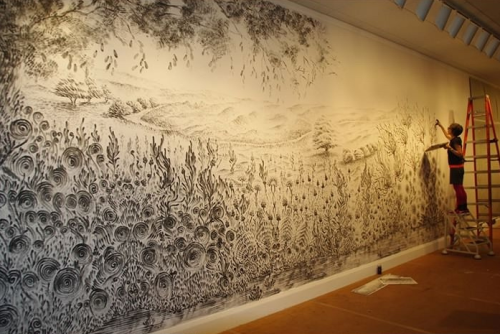
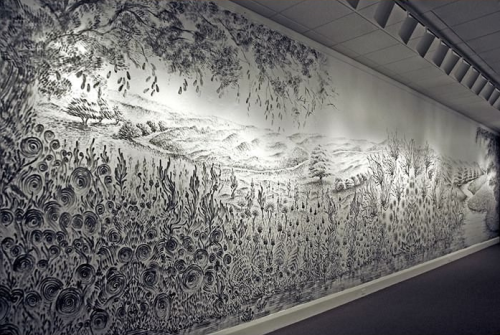
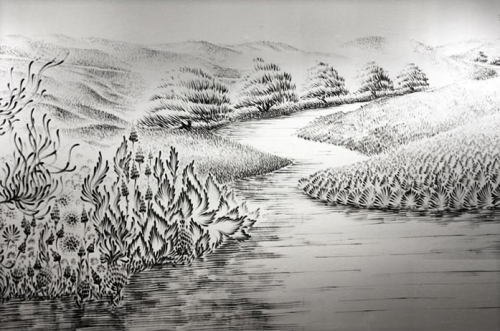
Photo

Photo



iheartloons: "The real secret of magic is that the world is...

"The real secret of magic is that the world is made of words, and that if you know the words that the world is made of you can make of it whatever you wish." ~Terence McKenna
Photo
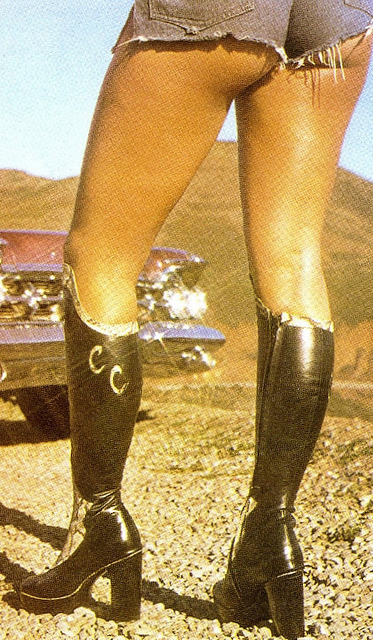
Photo

Photo


sagansense: The sky is /not/ the limit - Col. Chris Hadfield

The sky is /not/ the limit - Col. Chris Hadfield
Skylab: America's First Home in Space Launched 40 Years Ago...
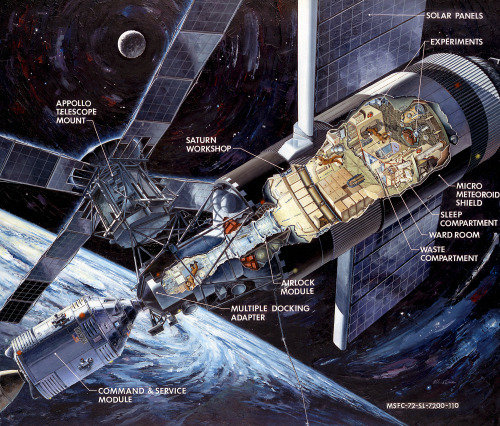
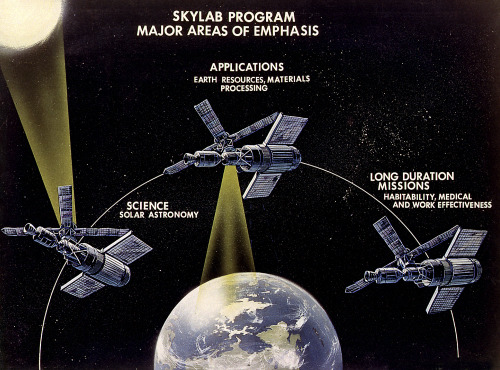
Skylab: America's First Home in Space Launched 40 Years Ago Today
With all the futuristic talk today about missions to Mars, lunar bases and asteroid mining, it's easy to forget that man has already been living off of the planet on and off for decades. Forty years ago today, Skylab — America's first outpost in space — was launched. The three-man orbiting laboratory was designed to conduct scientific experiments in space, such as studies of the effects of weightlessness on man and other living organisms, and observations of the sun.
Galaxy Collisions: Simulation vs Observations The folks over at...


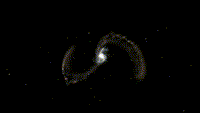
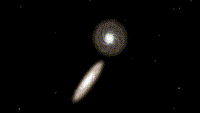
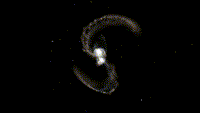
Galaxy Collisions: Simulation vs Observations
The folks over at NASA apod just put up an awesome galaxy collisions, simulations and observations video for the public. I made a little gif set to go along with the video which can be found here.
What happens when two galaxies collide? Although it may take over a billion years, such titanic clashes are quite common.
Images Credit: NASA, ESA; Visualization: Frank Summers (STScI);
Simulation: Chris Mihos (CWRU) & Lars Hernquist (Harvard).
Since galaxies are mostly empty space, no internal stars are likely to themselves collide. Rather the gravitation of each galaxy will distort or destroy the other galaxy, and the galaxies may eventually merge to form a single larger galaxy.
Expansive das and dust clouds collide and trigger waves of star formation that complete even during the interaction process. Pictured above is a computer simulation of two large spiral galaxies colliding, interspersed with real still images taken by the Hubble Space Telescope.
Our own Milky Way Galaxy has absorbed several smaller galaxies during its existence and is even projected to merge with the larger neighboring Andromeda galaxy in a few billion years.
avoxia: real women have cu-
real women have cu-
dominusvenustas: Kandinsky, Composition VII, 1913 Kandinsky....
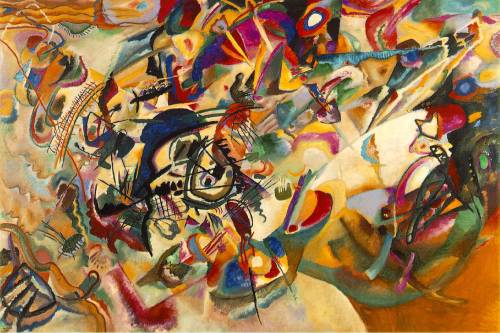
Kandinsky, Composition VII, 1913
Kandinsky. The Russian painter who practised pure abstraction. He wrote theories about the connection between colour and musical harmony. Even the name Kandinsky has a particular musical tone. The sharp note of a composition.
Color is the keyboard, the eyes are the harmonies, the soul is the piano with many strings. The artist is the hand that plays, touching one key or another, to cause vibrations in the soul.
The man who claimed when he saw colour he heard music. He believed that when one saw colour there was a double reaction - a physical one where the eye registers it and is charmed by its beauty and then a second one, a deeper one, that causes a vibration of the soul… a spiritual effect.
(For Lucy who learnt about Kandinsky today - welcome to the world of Art little darling)
samsaranmusing: SACRED GEOMETRY: An Introduction What is meant...
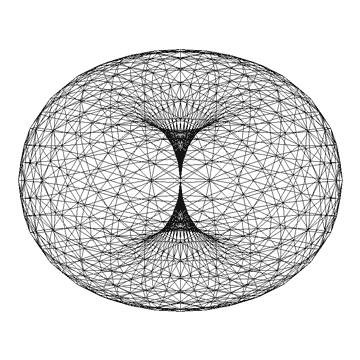
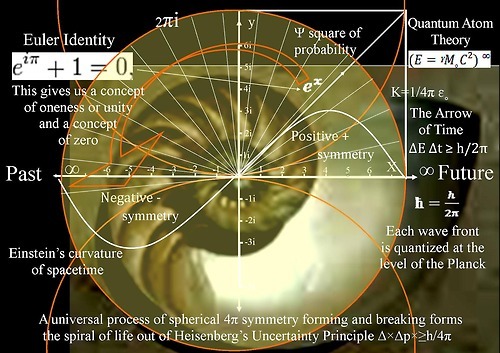
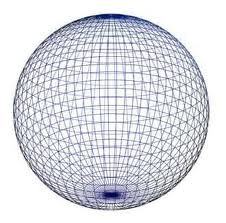

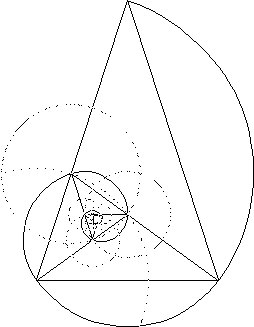
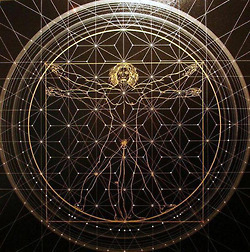
SACRED GEOMETRY: An Introduction
What is meant by "sacred geometry"? Well, in its simplest terms it is the geometry which underlays all creation. There are repeating geometric forms which can be seen in all existence from the atomic to the cosmic. They range from the simple and familiar such as circles, squares, triangles, spheres, cubes to the more complex such as hexagons, pentagons, spirals, toroids, fractals, helix to fourth dimensional forms such as the hypercube and the hypersphere. These forms make up all of our visual reality and their repetition and their combinations speak to the nature of reality and the underlying symmetry and order of the universe which may be at first indiscernible to the naked eye.
Once we have learned to recognize these forms and to understand a bit about the mathematical relationship between them a whole new world dawns for us. You'll recognize these patterns everywhere. You will see them in the arrangement of atoms within a crystal. In the forms of the virus and cell. In flowers, seeds and leaves. In the structure of an insects eye. You will see them in the cream in your coffee and in the shape of geological structures on the broad face of the Earth. You will see them in clouds and weather patterns. You will see them in the structure of planets, their orbits in galaxies and in the fourth dimensional shape of the universe itself.
The shapes are a language. They speak of relationships and patterns and those patterns are meaningful no matter what the scale. The spiral in your coffee cup has the same relationship as the spiral of the galaxy. You see these patterns are not "things" as we are accustomed to think of things that exist in our three dimensional realm. A baseball is a "thing" it approximates a sphere but it is not a sphere. A sphere is an ideal that exists independently of the crude world of our perception. However, because a baseball approximates a sphere we can use what we know of the ideal of a sphere to predict how a baseball will act in three dimensional space and in the fourth dimension of time. This is the world of ideals and their relationship to the outward world of forms.
☯ Samsaran ☯
Photo

ianbrooks: Amber Inclusions by Anders Damgaard With all this...
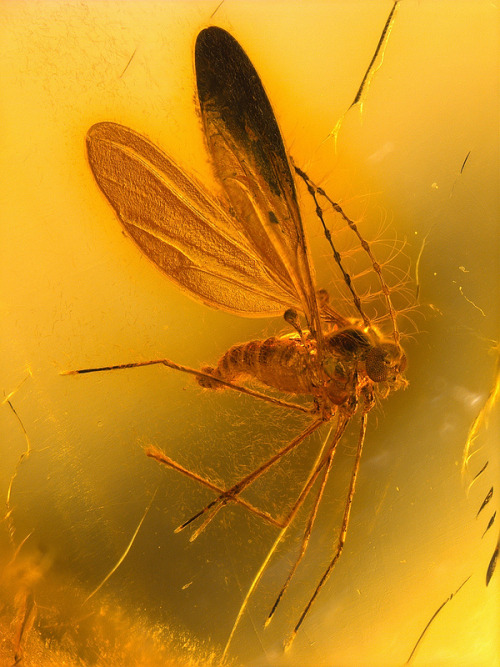
Biting Midge by Anders Damgaard posted by ianbrooks.me

Spider (araneae) by Anders Damgaard posted by ianbrooks.me
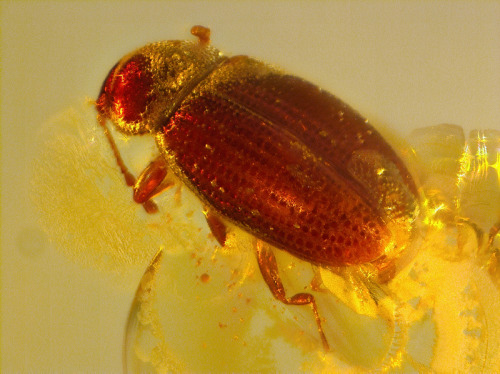
Beetle (Latridiidae) by Anders Damgaard posted by ianbrooks.me
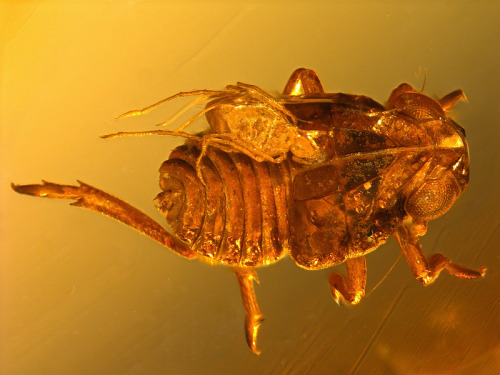
Erythraeidae - a parasitic mite larva on a Fulgoromorpha nymph by Anders Damgaard posted by ianbrooks.me
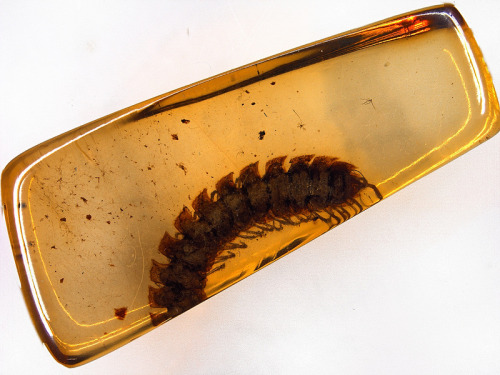
millipede (Polydesmida) by Anders Damgaard posted by ianbrooks.me
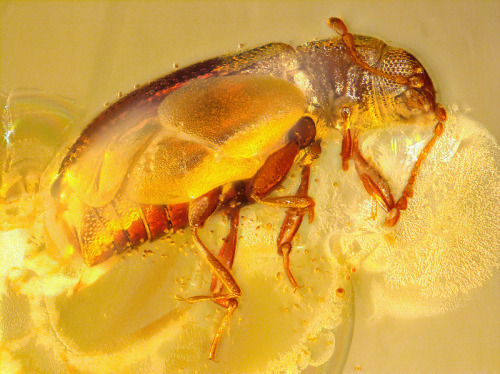
Beetle (Latridiidae) by Anders Damgaard posted by ianbrooks.me
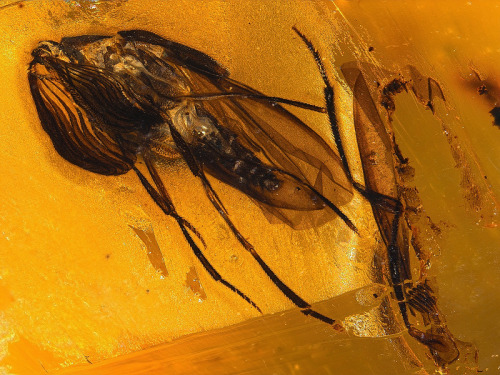
male wedge-shaped beetle (Rhipiphoridae) by Anders Damgaard posted by ianbrooks.me
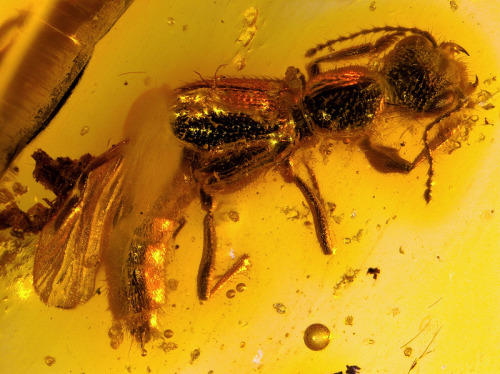
rove beetle (Staphylinidae, Paederinae) by Anders Damgaard posted by ianbrooks.me

Caddisfly (Trichoptera) by Anders Damgaard posted by ianbrooks.me
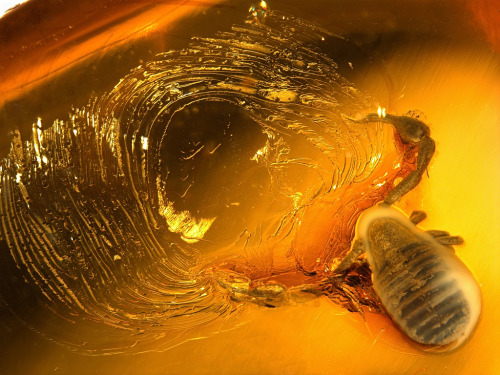
Pseudoscorpion by Anders Damgaard posted by ianbrooks.me
Amber Inclusions by Anders Damgaard
With all this discussion recently surrounding the ethics of manipulating DNA in an effort to resurrect lost species, it seems appropriate that we take a look back in time at the vessels for our future T-Rexes and (fingers crossed~!) Giant Ground Sloths. Until that glorious day when we will ride atop the backs of huge beavers (it was a thing! Science up), admire the beauty of these amber-encased insects, forever looking out at us through a layer of several million years.
Photo

Photo
















No comments:
Post a Comment